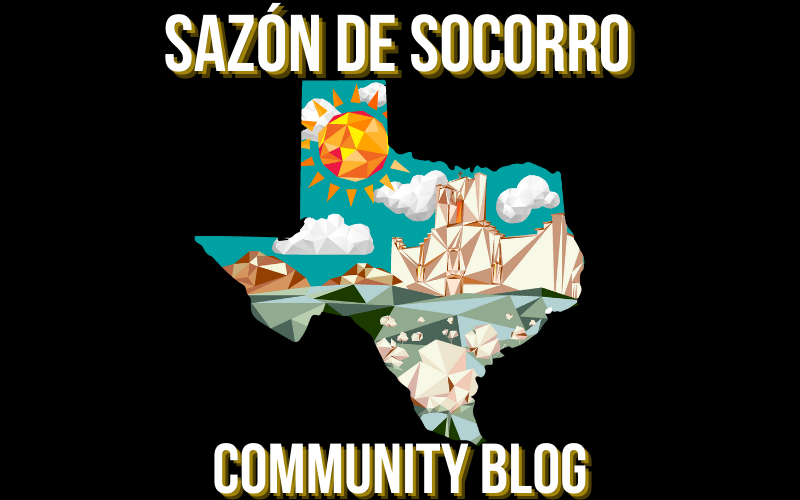What is labor and why is it more important than ever to share the stories of the people who carried the nation on their backs?
Labor is the amount of physical, mental, and social effort used to produce goods and services in an economy. One of the most important and unforgettable part of labor history was during World War 2 which had a significant effect on Mexico and the US, leading to larger amounts of migrants from Mexico. In 1942, the United States reached an agreement with Mexico to establish the Bracero Program, which brought Mexican workers known as braceros, “strong arms” into the U.S. on a temporary basis to ameliorate domestic farm-labor shortages. The economy boomed and so did the population at the border region. The influx of migrants multiplied as years passed by and so began a cultural and social evolution.
Although the program was an advantage for the United States, the Bracero program had negative consequences such as a steady supply of low-cost Mexican labor as well as harsh treatment of the Braceros. When the bracero program began, the United States and Mexican governments had intended for it to regulate American growers’ hiring of Mexican workers. Moreover, the Mexican male participants were supposed to supplement the American workforce—they would be hired only when there was a labor shortage in the fields. However, the program gave growers a great deal of leeway in keeping wages low and getting rid of workers who were considered problematic; it also displaced many Mexican American and African American workers who had been in the fields as well as a misunderstanding of when workers could return to Mexico. It’s heartbreaking to know that although many migrants that came during the postwar era ceased to leave Mexico for better financial opportunities, they were already at a disadvantage just by being in the US and being of a different ethnic background.
So, why is learning about the Bracero Program so important if it is something that happened so long ago?
Because it allows us to have a connection and understanding of its impacts, legacy, and connections to the present. The men who were a part of the program are key elements to the life we lead today and although it was in 1942, the Bracero Program is still relevant today.
The Bracero Program is a part of Socorro history as well. The Rio Vista Farm or Rio Vista Community Center was a processing center for more than 80,000 braceros per year. Once they entered the country, Mexican laborers endured invasive examinations and DDT fumigation at the center while they awaited their labor contracts. Of the five processing centers created over the duration of program, Rio Vista Farm in Socorro, Texas, is likely the last one that remains.
Labor unionization, increased focus on protecting U.S. workers, the Civil Rights and Farmworker movements, and the mechanization of farm equipment led to the end of the Bracero Program, but it is a part of labor history, Hispanic history, and Socorro history that should never be forgotten.
#RioVistaShowcase
Sources: National Trust for Historic Preservation, Labor History in the United Sates: A National Historic Landmarks Theme Study

